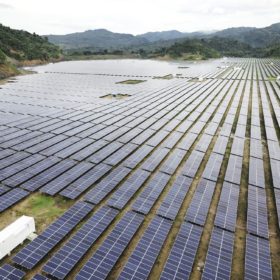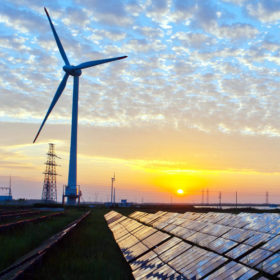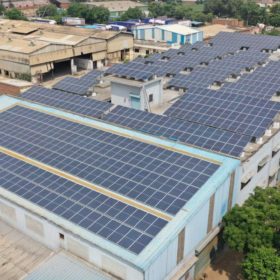The long read: Quality management and our new robot overlords
When talking about processes to ensure quality in renewable energy – whether in the production of materials or the operation of a power plant – it can be a struggle to avoid excessive jargon and keep things simple enough to translate into effective improvements on the ground. Experienced project manager Nabeel Ismeer decrypts some of the geekspeak from the world of quality.
Loom Solar launches IoT based AC modules
The emerging startup has become the second Indian module manufacturer to launch AC panels integrated with Enphase microinverters, after Waaree announced its partnership with Enphase in 2007.
GAIL to fund start-ups in renewable and alternate energy space
Startups looking for an equity investment from the state-owned gas utility can submit proposals online till January 24.
India’s first “fully solar powered” railway section
South Central Railway’s Nandyal-Yerraguntla section in Guntakal Division has been declared as the first solar section in India that has all of its stations in one stretch powered by solar panels.
Rajasthan set to take the solar crown in 2020
Norwegian analyst Rystad Energy has predicted the stop on PV tenders in Karnataka will see Rajasthan become India’s leading solar state this year. The market research firm expects India to add only 10 GW new solar in 2020, however, and the same figure in 2021.
‘India will add 14 GW of solar this year’
The annual global outlook report for solar published by IHS Markit notes there was no real uptick in the amount of new capacity added last year, compared with the returns seen in 2018. That is likely to kill any hope India has of overtaking the U.S. as the world’s second biggest solar market in 2020.
2020 Solar Match: Chasing the Target
While openers like SRISTI scheme for rooftop solar and KUSUM for farmland solar are likely to give a promising start, their implementation on the ground will determine our winning trajectory this year. Simply going by the connotation of 6 balls an over in the game of Cricket, this article looks at 6 factors that will push India to achieve its 2022 solar target.
Assam tenders 30 MW grid-connected, 940 KW off-grid solar
Ceiling tariff is fixed at Rs 3.13 per unit for the 30 MW grid-connected projects that are to be set up by state-run generators using domestically made equipment. The 940 KW of off-grid solar capacity is tendered under state budgetary support for year 2019-20.
SECI tenders another 1.2 GW of grid-connected solar projects across India
Bidders can pitch for up to 300 MW of generation capacity per project with the deadline for proposals on February 4. The eighth tranche of inter-state transmission system program capacity offered by the Solar Energy Corporation of India comes with a solar energy price ceiling of Rs2.78/kWh.
After much criticism, Maharashtra issues final regulations restoring net-metering for rooftop solar
Net metering benefits are now allowed across categories, including commercial and industrial consumers. Further, under net metering mechanism, consumption limit of 300 units for the residential category has been removed. This will help consumers set off their entire consumption against their system’s self-generation, benefiting them greatly.














